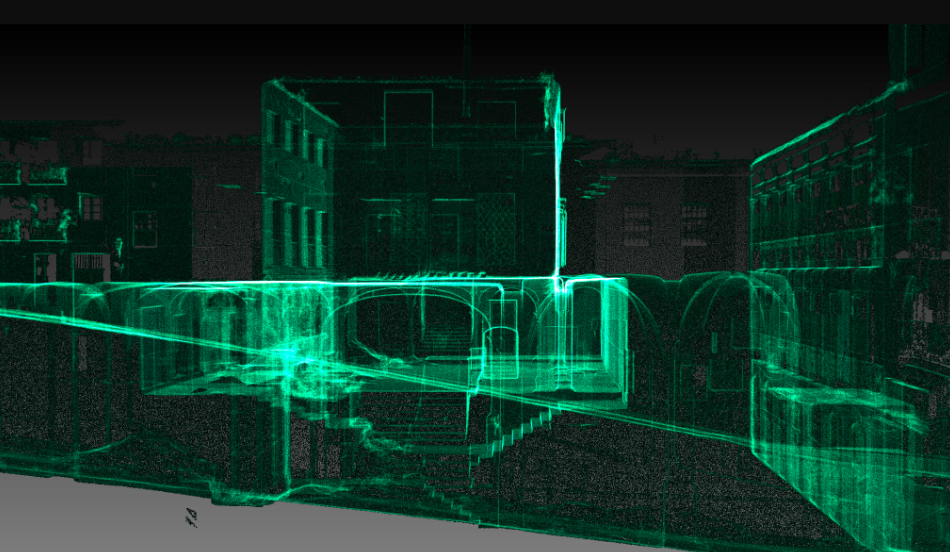In today’s technology-driven world, LiDAR (Light Detection and Ranging) and laser scanning are rapidly transforming how we capture and analyze our environment. From mapping terrains to preserving historical sites, these technologies offer incredible precision and efficiency. If you’re new to the world of LiDAR and laser scanning, this guide will provide a foundational understanding and highlight their diverse applications.
What is LiDAR?
LiDAR is a remote sensing technology that uses laser light to measure distances. By emitting laser pulses and measuring the time it takes for them to return after hitting an object, LiDAR systems create detailed 3D models of the environment. This technology is akin to radar but uses light waves instead of radio waves, allowing for much higher resolution data.
How Does LiDAR Work?
1. Laser Emission: A LiDAR system emits laser pulses towards a target.
2. Reflection: These pulses bounce off the object and return to the sensor.
3. Measurement: The system measures the time it took for the pulse to return, calculating the distance using the speed of light.
4. Data Processing: These distance measurements are then used to generate precise 3D models of the scanned area.
What is Laser Scanning?
Laser scanning, often synonymous with LiDAR, refers to the process of using laser beams to capture the shape and position of objects. It involves a laser scanner rotating to collect data points across a surface, creating a “point cloud” that represents the scanned environment.
Applications of LiDAR and Laser Scanning
1. Mapping and Surveying:
– Topographic Mapping: LiDAR is extensively used in creating high-resolution maps of terrains. It helps in understanding landforms, planning construction projects, and managing natural resources.
– Urban Planning: Cities use LiDAR to plan infrastructure, manage traffic, and model urban growth.
2. Transportation:
– Autonomous Vehicles: Self-driving cars use LiDAR to navigate their surroundings, detect obstacles, and ensure safe travel.
– Infrastructure Inspection: Bridges, tunnels, and roads are scanned for structural integrity, identifying areas that need maintenance.
3. Construction and Architecture:
– As-Built Documentation: Laser scanning provides accurate records of existing buildings, ensuring renovations and additions are precise.
– BIM Integration: Laser-scanned data can be integrated into Building Information Modeling (BIM) systems, enhancing the design and construction process.
4. Historical Preservation:
– Cultural Heritage Sites: LiDAR and laser scanning capture detailed images of historical sites, aiding in their preservation and restoration.
– Archaeology: These technologies help archaeologists map and study ancient ruins without physical excavation.
Benefits of LiDAR and Laser Scanning
– Accuracy: Provides highly accurate measurements, crucial for detailed mapping and analysis.
– Speed: Rapidly captures large amounts of data, significantly faster than traditional surveying methods.
– Safety: Reduces the need for manual data collection in hazardous or difficult-to-reach areas.
– Versatility: Applicable in a wide range of fields, from urban planning to environmental monitoring.
Getting Started with LiDAR and Laser Scanning
1. Choosing the Right Equipment: Various LiDAR systems and laser scanners are available, ranging from handheld devices to aerial drones. Choose based on your specific needs.
2. Data Processing Software: Invest in software that can handle point cloud data and integrate with your existing systems.
3. Training and Expertise: Ensure you or your team are trained in operating the equipment and interpreting the data.
Conclusion
LiDAR and laser scanning technologies are revolutionizing how we capture and analyze our world. Whether you’re a surveyor, architect, environmentalist, or historian, these tools offer unparalleled accuracy and efficiency. As technology continues to advance, the applications of LiDAR and laser scanning will only expand, opening new possibilities for innovation and discovery.
By understanding the basics and exploring their diverse uses, you can harness the power of LiDAR and laser scanning to enhance your projects and achieve new levels of precision and insight.

